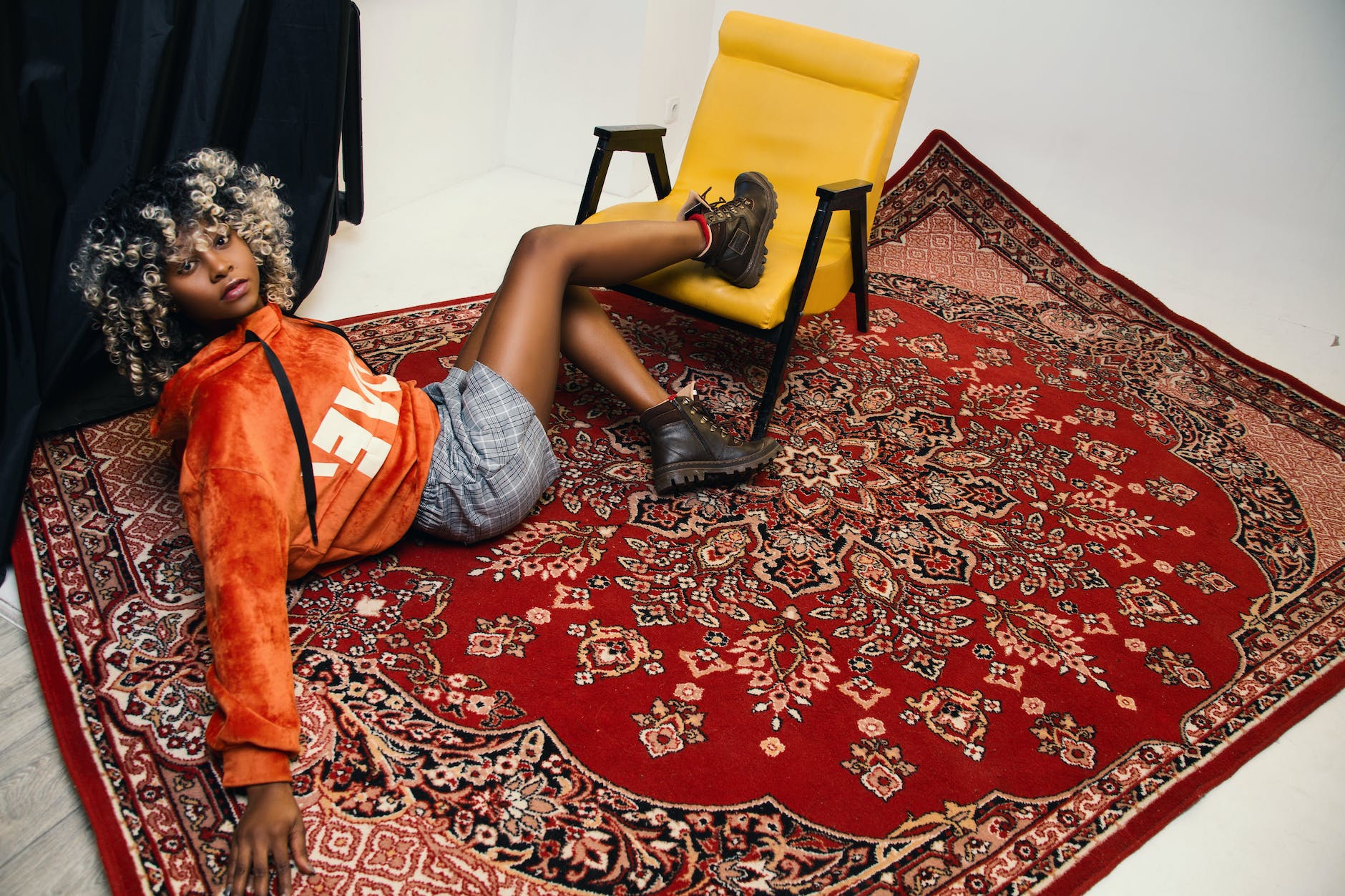The World of Rug Making: A Closer Look at Time-Honored Techniques
The stunning rugs gracing our floors are made possible thanks to the mastery of specialized construction techniques passed down through generations. Immense skill goes into transforming raw fibers into intricate weavings or plush piles. Each regional method contributes unique beauty. By examining key rug making techniques in closer detail, we can appreciate the technical artistry involved. This article delves into the diversity of time-tested traditions from punch needle to kilim tapestry weaving that creative rug artisans have utilized worldwide to ply their revered craft.
Traditional Techniques for Transforming Fibers into Rugs
Countless meticulous steps turn materials into finished rugs. Here are some of the main time-honored techniques:
Yarn Spinning
The process begins by hand spinning wool, cotton, silk or other fibers into yarn using drop spindles or spinning wheels. Controlling twist and thickness influences the finished characteristics.
Loom Weaving
Threads are systematically interlaced on looms to form woven structures. The loom holds the warp threads taut while the weft is woven through. Many techniques utilize looms.
Knotting
Fiber ends are tied onto warp threads in symmetrical or asymmetrical knots to create pile rugs like luxurious Iranian or Persian styles. Rows of knots build up the pile surface.
Braiding/Plaiting
Fibers are intricately braided into long strands then coiled, stitched, or laced together to construct durable and decorative braided rugs.
Hooking
Fabric strips or yarn are pulled through a stiff woven backing using a hooked tool to create loop pile rugs like traditional hook rugs. The backing provides foundation.
Punch Needle
Yarns are looped through rug backing using a needle with an open ended hollow shaft to craft patterns. The punch needle pulls up the loops.
Regional Rug Making Techniques and Textile Traditions
Localized techniques and customs characterize different rug types:
Persian Knotted Pile Rugs
These prized rugs involve laboriously hand knotting piles of wool or silk yarn ontovertical warp threads. Lavish materials and designs make them treasured artworks.
Kilims – Tapestry Woven Rugs
Kilims are densely flatwoven without piles. Weft threads intricately interweave with warps to generate tapestry-style motifs rather than knots creating designs.
Scandinavian Rya Rugs
Rya describe wool rugs woven with a protruding pile using a specialized vertical loom. The Ryijy technique involves hand stitching the pile cut ends after weaving.
Navajo Rugs
Navajo designs take shape on vertical looms using wool dyed with native vegetals. Weavers incorporate patterns like diamonds, stripes, and geometrics in an earthy palette.
Rag Rugs
Salvaged fabric scraps are hand woven into thrifty folk art rugs on simple home looms. The fabric’s salvaged selvages or fringes form the rug edges.
Appalachian Hooked Rugs
Frontier women turned worn clothing into rugs by pulling fabric strips through burlap backings in folk motifs using small handheld hooks. These rugs were functional art.
Hopi Wicker Plaited Rugs
Native Hopi artisans intricately plait flat strips of patterned wicker together into coiled baskets with no center or top or bottom side. Stitches follow the wicker’s grain.
Cowhide Rugs
Animal hides are tanned then trimmed and stitched into flat single hide rugs or stitched into patchwork patterns forming rustic layered rugs that display natural markings.
Ragbraided Rugs
Fabric strips, often from old clothes, are tightly braided into long ropes. Braided ropes are then coiled, stitched together and rolled creating durable rag braid rugs.
Admiring the Artistry in Rug Making Traditions
This global survey of long-established rug techniques conveys the incredible skill and labors of love involved in handcrafting rugs. Through meditative motions passed down across generations, artisans have upheld cultural textile heritage while bringing utilitarian floors to life with artistry underfoot. Each regional style gracefully combines functional beauty and technical prowess. Understanding rug making’s meticulous processes deepens appreciation for these woven works and the talented craftspeople dedicating their talents to these timeless textile arts.
